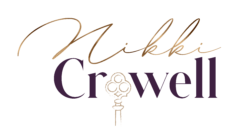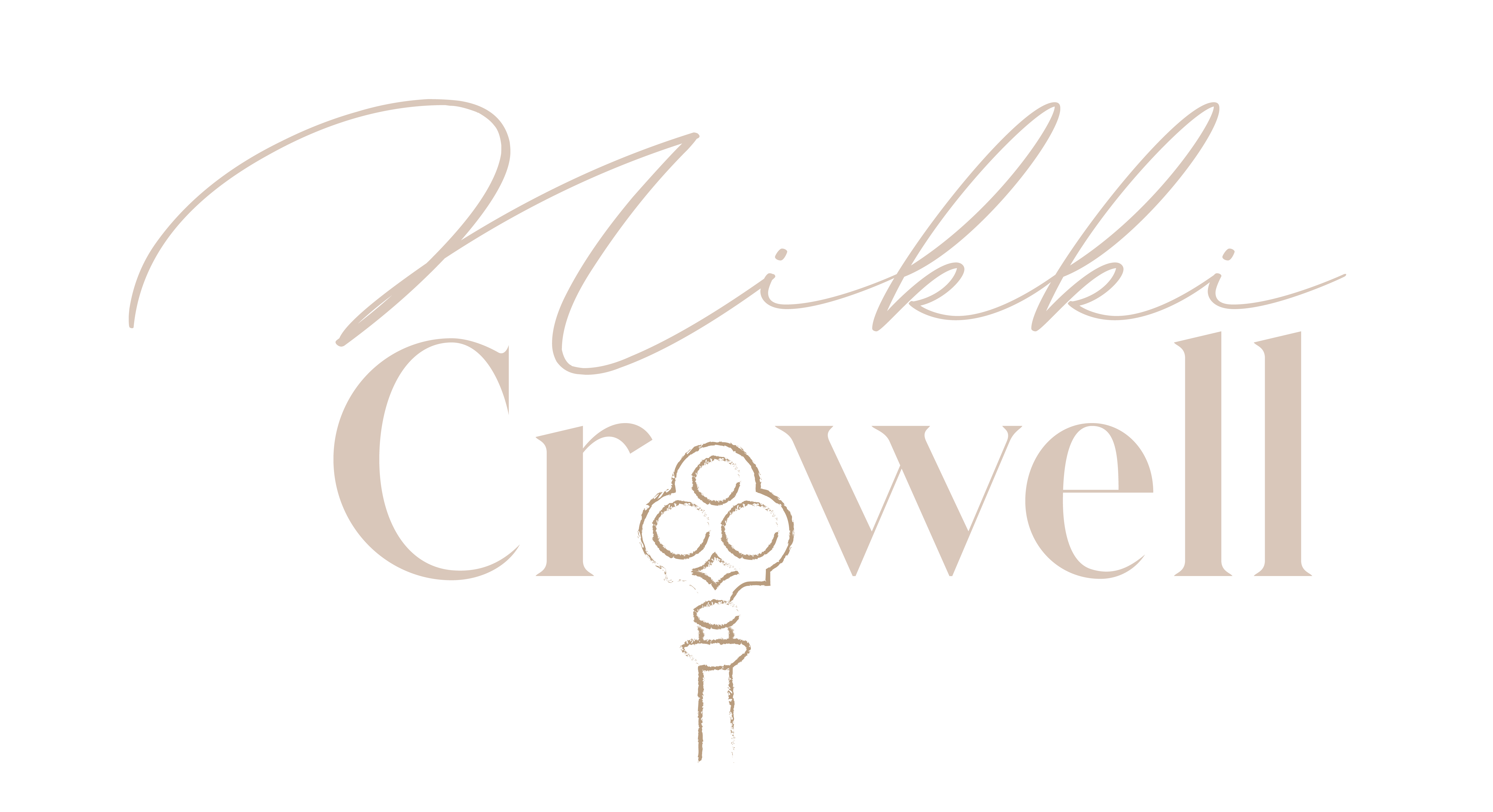To run a successful business, you need to learn about your customers, your competitors and your industry. Personally, I love research. Maybe it’s the sociology nerd in me, but there’s so much credible information out there, if you know where to look.
To begin with, you’re probably asking yourself what does it even mean and why do I need it?
Simply put, market research involves asking the right questions, in the right way, to the right people. This gives your business directions and helps you stay on top of what your customers want, and how much they’re willing to pay for it.
Without knowing your market, you run the risk of wasting lots of time and effort into launching a new product or starting a business. It’s like shooting in the dark and hoping you hit a bullseye–not likely to happen.
Although its time consuming, it’s totally worth it! After all your data collecting, you can use your findings in two ways:
-Start a new business and write your marketing plan.
-Measure the success of your current marketing plan.
Here are the 5 steps to market research
- Define your research objective
What do you want to know about your customers or your market?
The first step in the market research process is to define your research objectives. What is the key information you would like your research to uncover?
For example, you might want to decide whether to launch a new product or service. Your research process would then be to assess whether the market will accept your new product or service, and how much they’ll be willing to pay for it.
There is so much to learn and you can easily get lost, so write your objectives down before you start Googling!
- Develop your research questions
Once you’ve identified an objective, develop a list of research questions for your market, customers and competitors. For example:
Your market:
- What are the key demographics of your market, such as age and gender?
- How will your entrance affect the market/customers?
- Does the region where you operate have a stable economy?
Your customers: - Who are your target customers and how do they behave?
- Where are they located?
- What’s the profile of an ideal customer for your business?
Your competitors: - What’s the profile of a typical competitor for your business?
- What are your competitors’ main strengths?
- What are your competitors’ main weaknesses?
As a starting point, it’s a good idea to look at resources such as IBISWorld (for industry reports) and even Google Trends, an awesome tool to see how popular some key words or trendy searches are.
- Gather your research
There are two categories of data collection, and both are based on asking questions:
- Qualitative information is more investigative and involves a fewer number of respondents (focus groups and in-depth interviews).
- Quantitative information is used to draw specific conclusions and involves a large number of respondents (surveys and questionnaires)
A simple ‘yes or no’ survey can be completed over the phone, but understanding personal choices such as colour preferences will usually require a face-to-face meeting.
Some easy methods for data collection include:
- online surveys–if you have a website, put a survey pop up and incentivise it with a freebie, or send a survey out to your email list
- Instagram Polls on Stories–by far the easiest way to learn about your audience!
- Facebook Polls
- Facebook Group market research questions–so many people are willing to answer questions that are invaluable to you, if you just ask. Make sure you choose groups relevant to your niche or where your your ideal clients would hang out
- personal interviews–If you know some people who are a good model for your ideal clients, why not get them to answer some questions for you? Write them an email, or reach out on social media and see if you can pick their brain. Have your questions ready to go before reaching out.
For surveys, consider some free or low cost online services such as SurveyMonkey, or create forms using Google Docs.
- Interpret your findings
What have you discovered?
Keep your research objectives front-of-mind and look at ways of improving how you organise and group your research data – this will make it easier to come to a conclusion down the track.
Here are some tips for data organisation:
- Identify any major trends – consider using lists, tables, diagrams and mind-maps to organise your data.
- Use your marketing plan to analyse your data to determine strengths, weaknesses, opportunities and threats (also known as SWOT).
One of the most important steps in the market research process is interpreting your findings. What is the research telling you? By answering this question, you’ll be able to gain a thorough understanding of what the research has uncovered.
- Draw conclusions and make decisions
Keep in mind that any conclusions you reach should align with your initial research objectives and business goals in general.
Review all the data collected:
- Ensure there aren’t any gaps.
- Examine the major trends or problems within your industry.
- Analyse any strengths, weaknesses, opportunities and threats.
- Use your research to make decisions about your marketing mix.
I hope you found this useful! Research can be overwhelming, but if you stay focused, stay organised and set time aside to do this before you launch your new business or offering, then you will be saving yourself so much headache down the road! Let me know what you think down in the comments!















